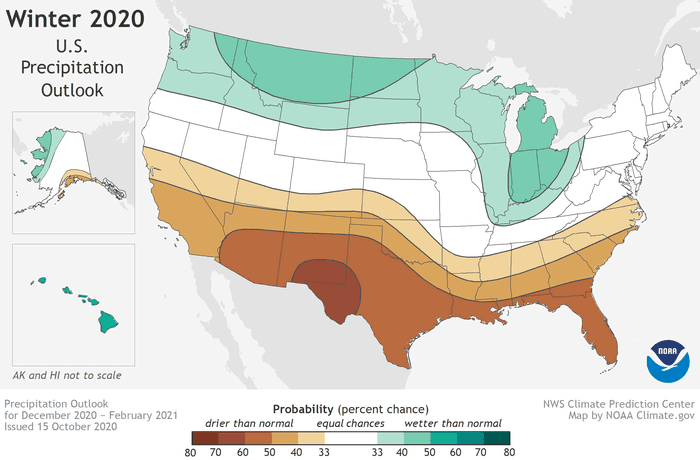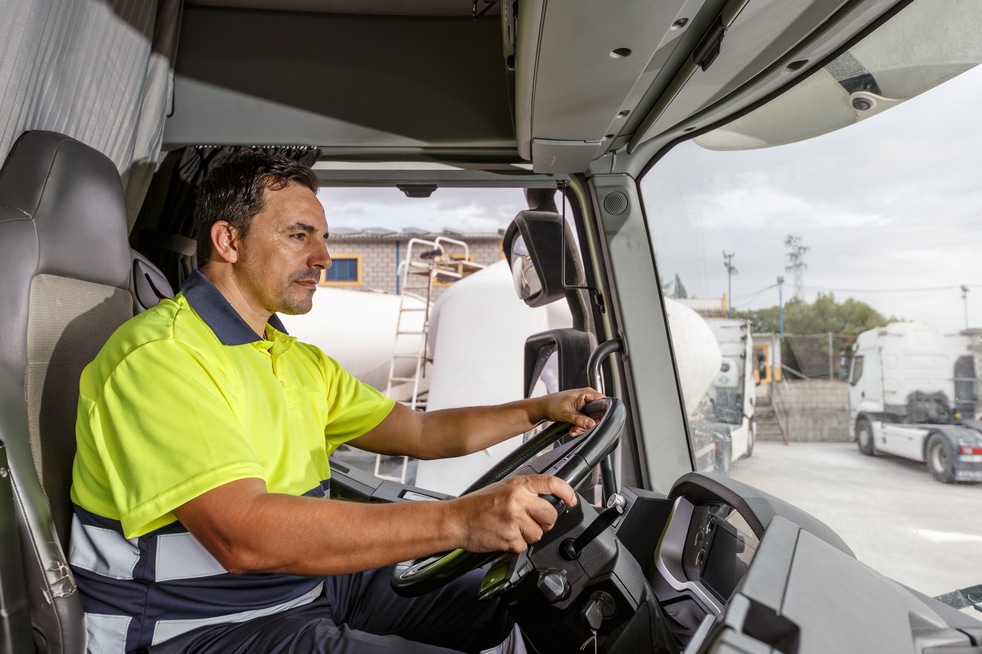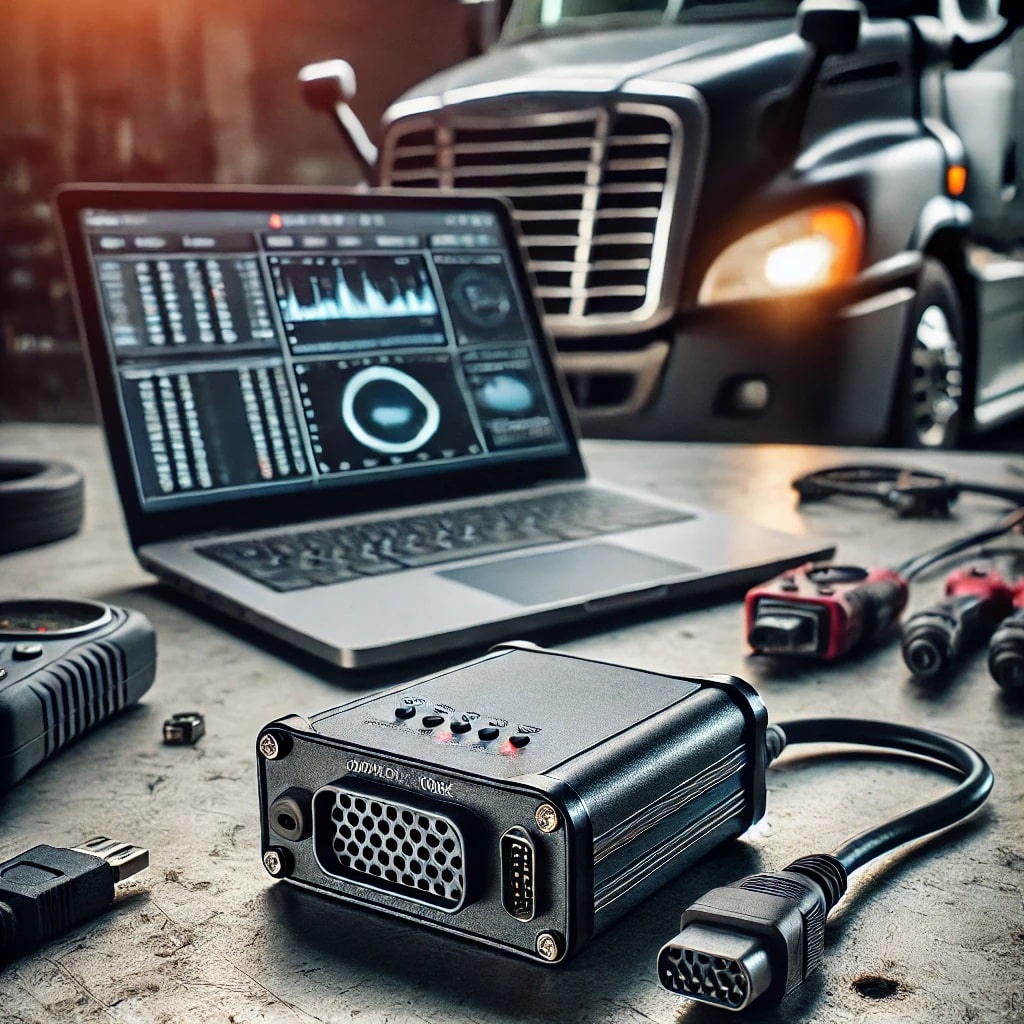People think of the Pacific Northwest as a rain-drenched forest. But driving the high-desert climate of eastern Oregon and Washington is a very different experience.
This is I-84. It is the main route through Eastern Oregon, and into Idaho—especially for semi-trucks.
On a November afternoon in Eastern Oregon, meteorologists predicted wind gusts at 55-60 mph.
The wind kicked up dust in the dry desert area.
In the dust storm that day, there was more than one bad weather crash on I-84, resulting in one death and some very serious injuries.
Among the injured was the woman who was driving this car.
She had a broken neck, a skull fracture, and spinal cord injury.
A highway dust storm
As the dust blew along I-84, several truckers drove into what police later called an “intense dust storm” with “less than 10 feet of visibility.”
Some semi-truck drivers started to slow down and pull off the road.
Others kept going.
While the specifics are unknown (because he left the scene) one trucker appears to have run into two different passenger vehicles.
My client safely slowed her car down and pulled over. As she was safely stopped, another trucker drove at a high rate of speed into the dust storm and crashed into her vehicle.
He hit the car so hard that his license plate number was imprinted in the bumper.
After this crash, yet another trucker drove into the dust storm and crashed into the stopped semi-truck that had hit our client’s vehicle.
The first trucker, involved in the multiple crashes, drove off and was never found.
Trained to avoid a bad weather crash
Professional truck drivers are supposed to be trained to drive defensively. As professional drivers, they are supposed to know how to prevent a bad weather crash.
They are supposed to check the weather forecast and be prepared to adjust to conditions. (Dispatchers and motor carriers are also responsible for communicating with their drivers about bad weather.)
On a dangerously windy day in November, several truckers made choices that really hurt other people.
They chose to ignore the weather forecasts predicting the high winds and dust storms in Eastern Oregon. Their dispatchers and motor carriers were responsible for this, too.
Upon finding themselves approaching a dust storm, each of these the truckers should have:
- Slowed down;
- Put their truck’s hazard lights; and
- Pulled off onto the shoulder of the road until the wind died down.
Some might say the crash was just an accident.
But it was no accident: it was multiple collisions, caused by truckers who operated their rigs at high speeds and with disregard for the safety of others on the roadway.
There is no excuse for the actions and failures of these truckers.
Through our investigation, expert witnesses, and applied knowledge of trucking law, we learned that a complicated 5-vehicle crash turned out to have a straightforward cause: several truck drivers who failed to do their jobs.
Coluccio Law is proud to have secured a 1,000,000.00 policy limits payment result for the young woman injured in this collision.
We say “crash” instead of “accident”: here’s why…

Journalists stopped using the word “accident” to describe a preventable crash.
State legislatures updated laws to use “crash” instead of “accident”. Police departments did, too.
So why do so many keep saying “car accident”?





